Travis Heights: Where Poker Games, Bootleg Tunnels, and “Medicine Water” Built an Austin Icon
TL;DR:
Travis Heights started as a high-rolling poker prize and grew into one of Austin’s most fascinating neighborhoods. It’s a place where underground bootlegger tunnels, a “medicine” spring, and a quirky sewage system all played a role in shaping local legend. Today, the area’s historic overlay keeps its charm alive while Austin continues to evolve around it.
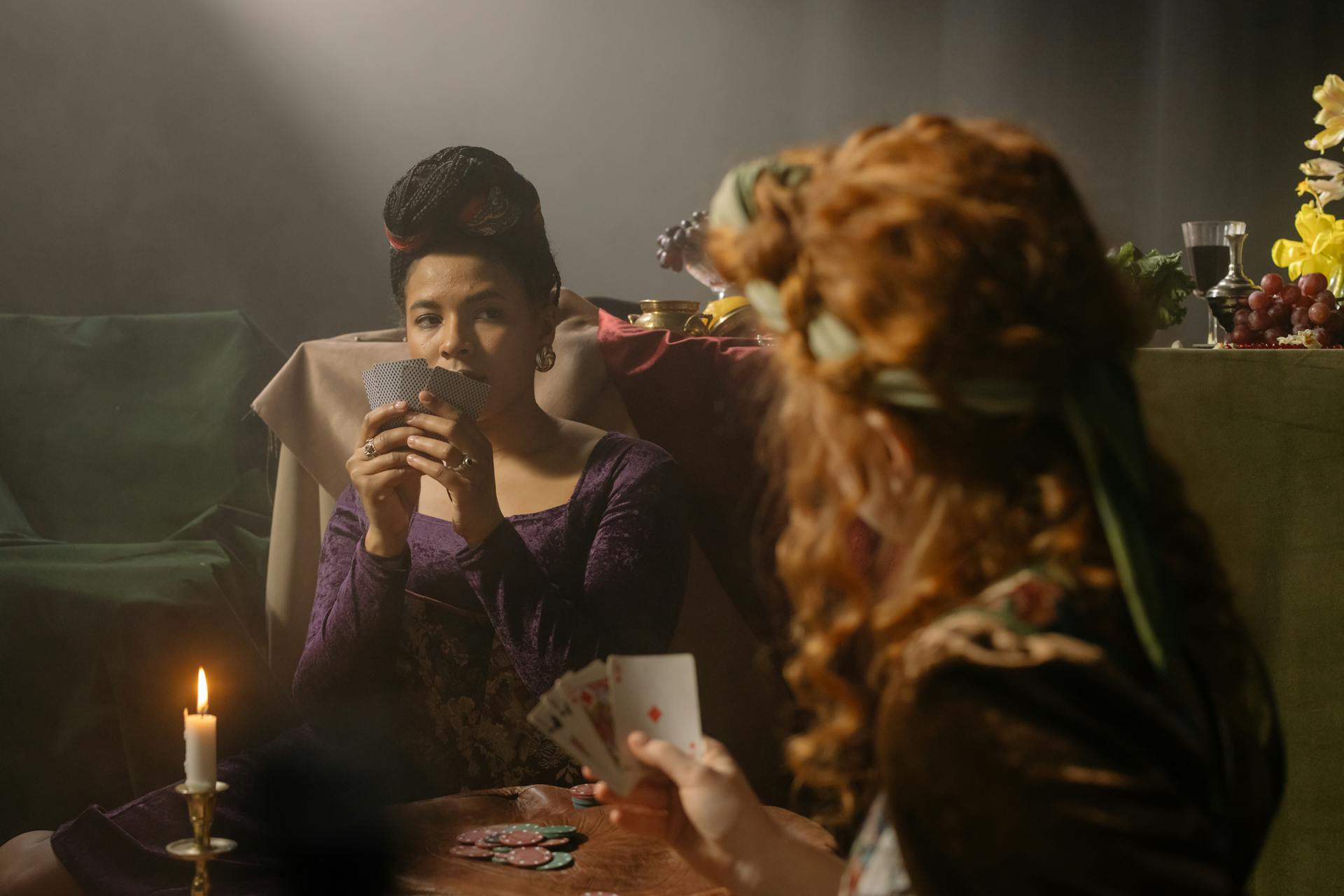
A Neighborhood Built on Legend and Luck
Imagine walking through a neighborhood where hidden tunnels, medicine springs, and tax-foreclosed mansions whisper stories from Austin’s wilder days. That’s Travis Heights for you, a place where poker hands decided property lines and a “cursed” sewage system once gave homeowners more than they bargained for.
The Poker Game That Changed Austin
Let’s rewind to 1898. A Manhattan banker named John T. Patterson somehow managed to win a chunk of Austin land in a poker game. Yes, you read that right, a poker game. Instead of flipping it for profit, he decided to turn this rugged stretch of brush and dust into a high-end suburb called Fairview Park. Patterson had big dreams. He imagined elegant stone bridges arching over the Colorado River, bringing a touch of East Coast glamour to what was, at the time, a very rough frontier.
By 1908, the area was renamed Travis Heights, in honor of Colonel Edward Burleson Travis. Still, if you talk to longtime locals, they’ll tell you that parts of the neighborhood are still called Fairview. It’s a subtle reminder of Austin’s layered identity, where old and new constantly overlap.
The General, the Mansion, and the Medicine Spring
One of the most colorful early residents was General James Stacy. He was a war hero, a developer, and apparently not the best accountant. He built a grand mansion in the area but lost it to back taxes in the 1910s. Before things went south, though, Stacy donated land that became Stacy Park, home to the famous Big Stacy Spring.
This spring wasn’t just any water source. According to local legend, Native Americans believed the water had healing powers. They called it “medicine water” and said if you tossed in a coin, it could cure warts or other ailments. You can still visit it today, and while I can’t promise miracles, the spring-fed pool that bears Stacy’s name remains one of the coolest, most refreshing spots in South Austin.
Secrets Below: Bootleggers and Hidden Tunnels
Of course, no story about early Austin would be complete without a bit of outlaw charm. Enter the bootlegger tunnels. Rumor has it that during Prohibition, speakeasies connected through underground passages stretching from East Riverside all the way to downtown. The Austin History Center reports that in 1922, a raid uncovered stashes of bootleg liquor hidden under oak trees, and one tunnel supposedly ran 400 feet to secret bars beneath Congress Avenue. Whether those tunnels were real or not, they add just the right amount of mystery to the neighborhood’s past.
The Sewage System That Backfired
And then there’s the sewage system. The early engineers thought they were clever when they sloped the lots downhill so waste could flow naturally toward Riverside Creek without pumps. It was a smart idea until it rained. Instead of draining away, the system would back up, flooding basements and yards. Those early mistakes turned out to be costly lessons, and some say the city is still dealing with the consequences of those design flaws today.
Preserving History in the Heart of Austin
Fast-forward to the present, and Travis Heights continues to make headlines. Just last month, the entire district received a historic overlay, protecting it from new development that could erase its character. No tearing down old Victorians unless new builds replicate their original trim, brickwork, and architectural details.
This move isn’t just about preserving buildings. It’s about protecting identity. More than 1,200 properties were surveyed for the district, and an impressive 72% were found to contribute to its historic character. That puts Travis Heights in the same preservation league as Austin’s beloved Hyde Park.
Where the Past Still Lives
What makes this neighborhood special isn’t only its architecture or history. It’s the way those stories intertwine. From poker games that decided property ownership, to bootleggers hiding bottles under oak trees, to preservation boards now fighting to protect what’s left, Travis Heights is living proof that Austin’s past is never really gone. It lingers in the limestone walls, the old oaks, and even in the tricky plumbing that’s still doing its best to behave.
As Austin continues to grow and evolve, Travis Heights stands as a reminder that progress doesn’t have to mean forgetting where you came from. Sometimes, it simply means holding the line between the past and the future, and keeping a few poker chips and ghost stories along the way.
Categories
- All Blogs (108)
- Active Listings (1)
- Austin Homeownership (1)
- Austin Neighborhoods (16)
- Buyers (25)
- Economic Insights (1)
- Fun Fact (2)
- Homebuyer Strategy (2)
- Investing (10)
- LIATX (42)
- Market Insights (5)
- Market Updates (7)
- Million Dollar Listing (1)
- Mortgage Strategy (2)
- Off-Market (1)
- Open House (1)
- Personal (1)
- Real Estate (24)
- Real Estate News (1)
- Sellers (16)
- Seniors (4)
- Things To Do (2)
- Tips & Tricks (3)
Recent Posts
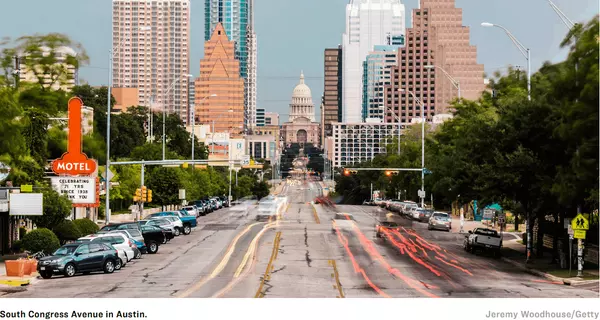
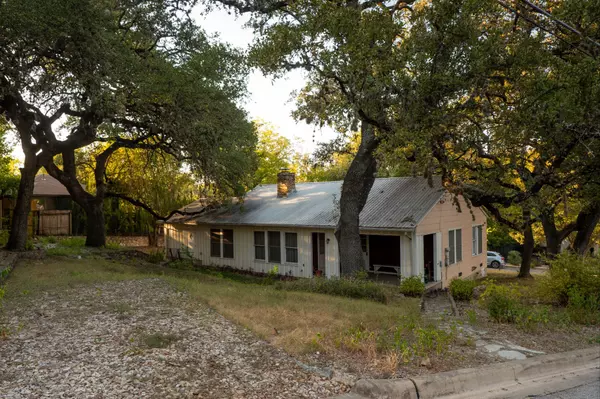





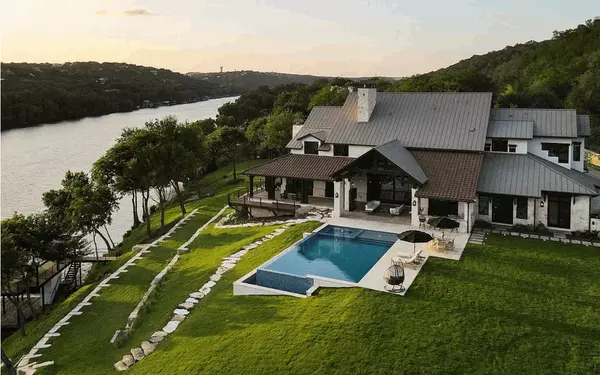
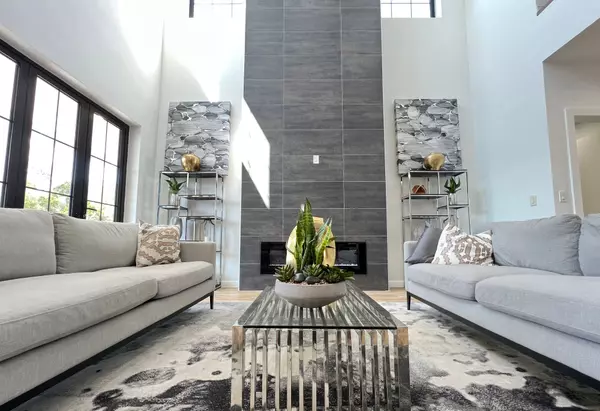

GET IN TOUCH

